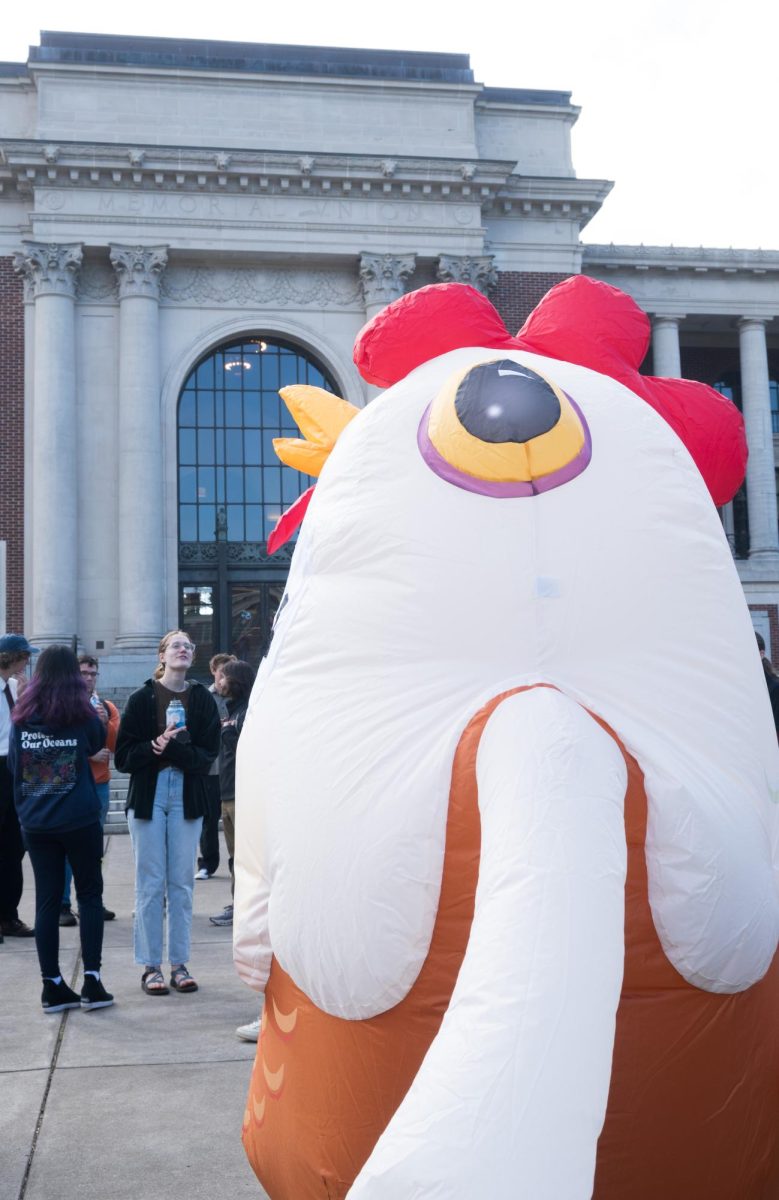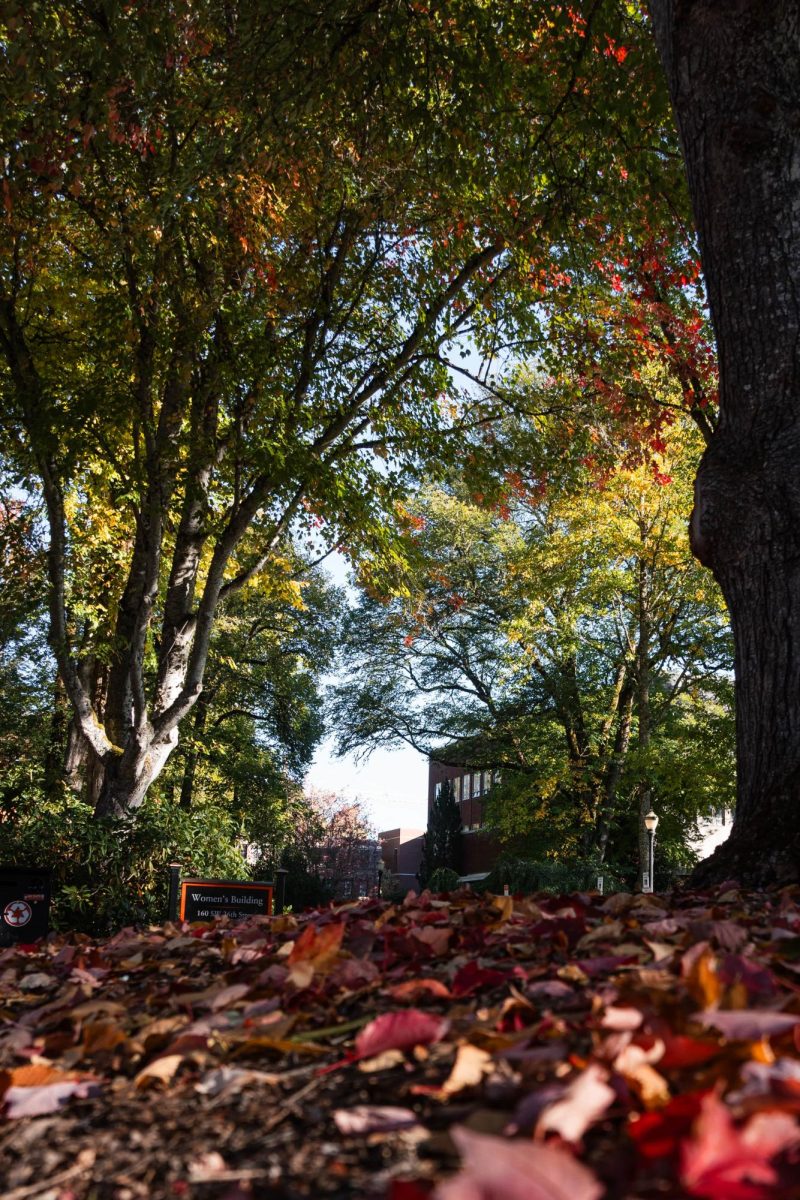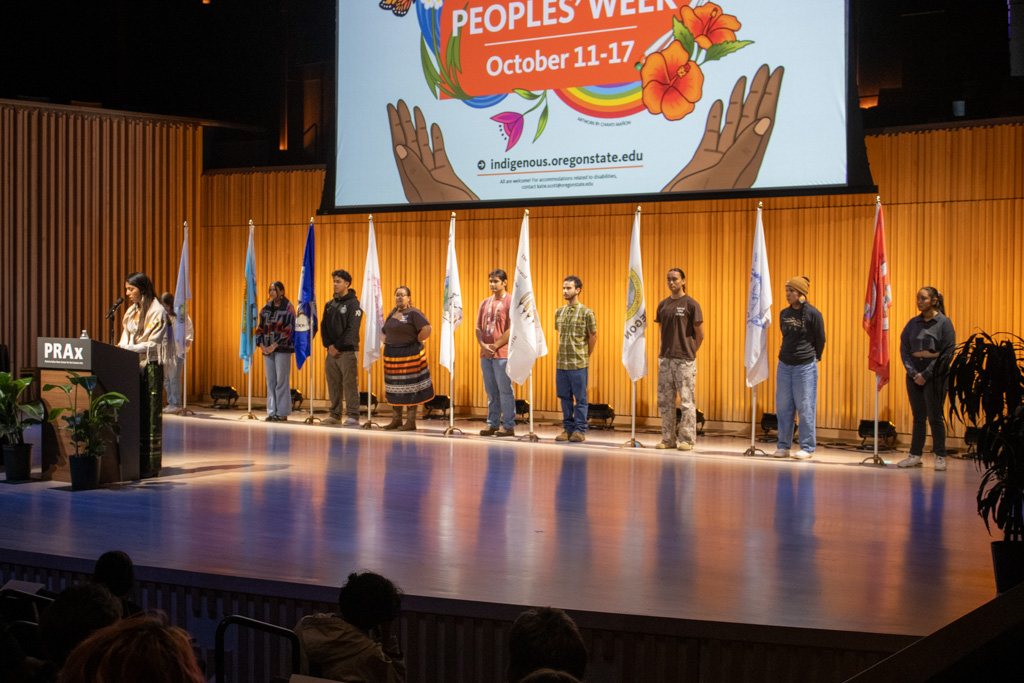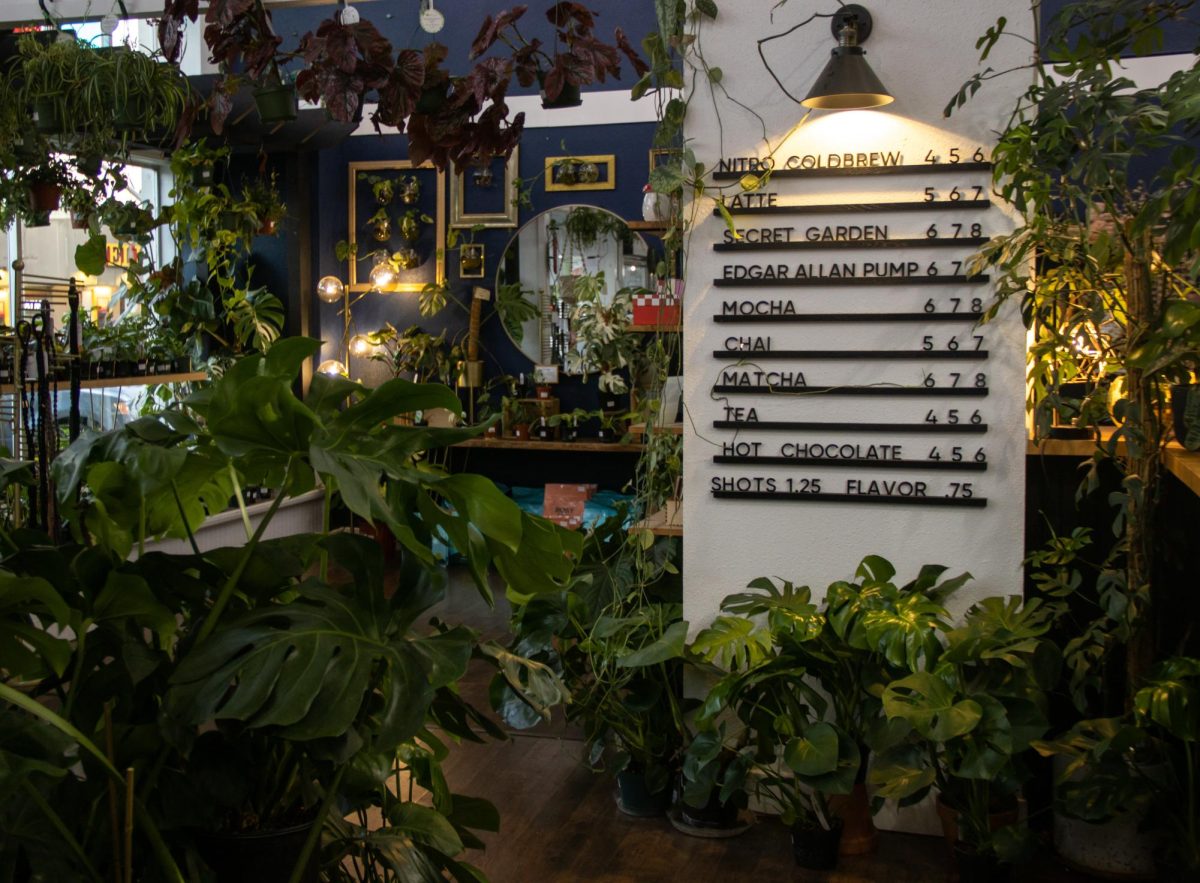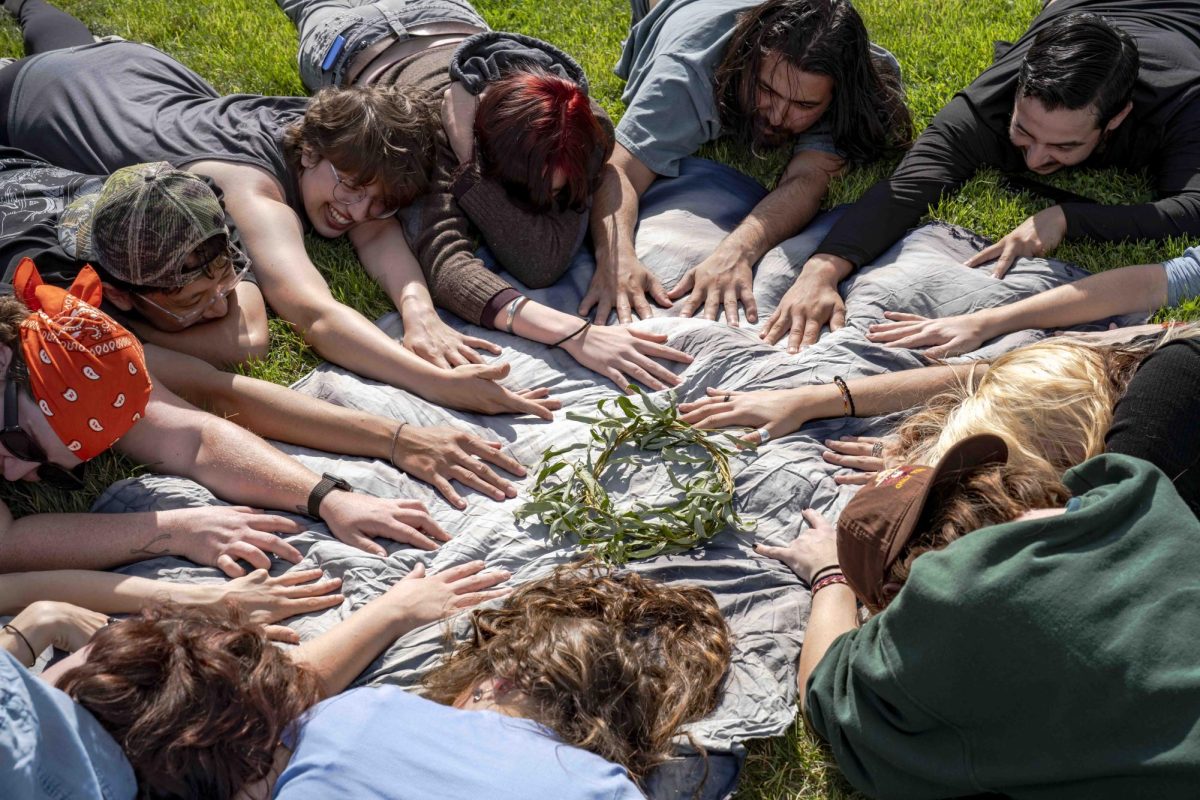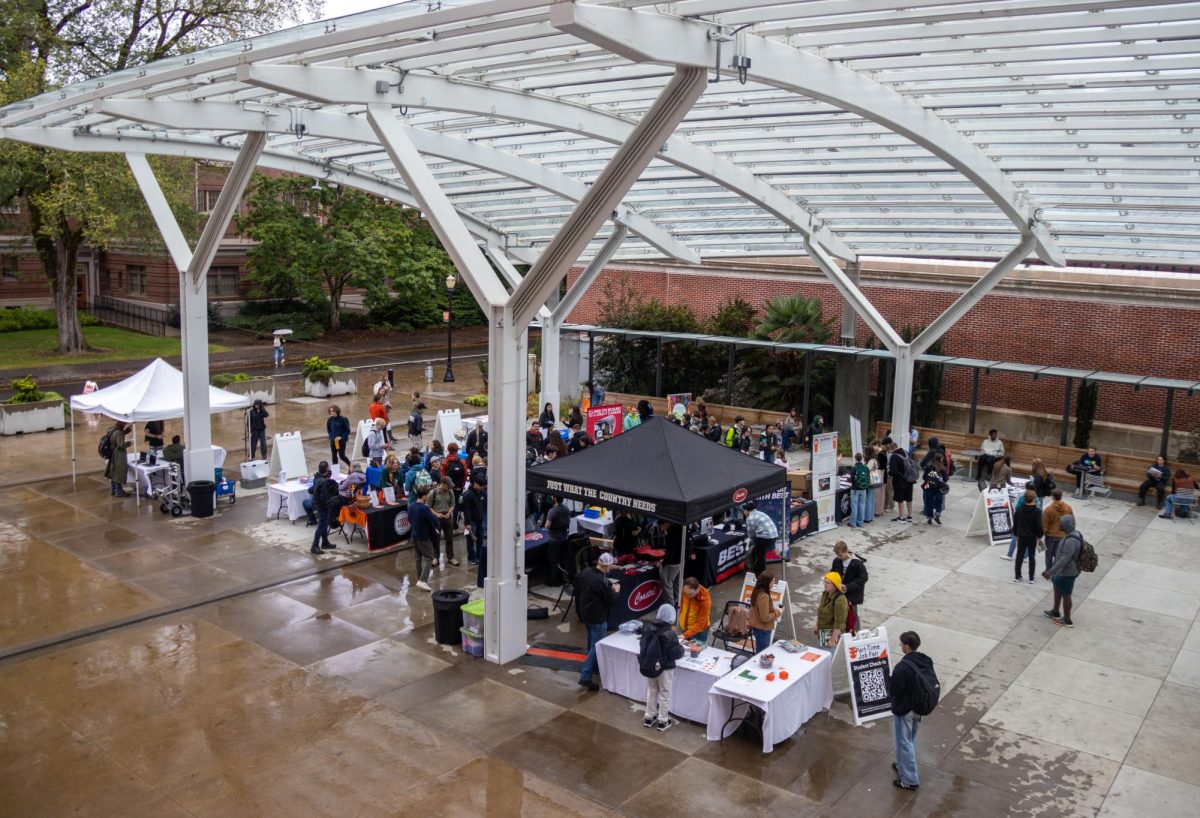Beyond the exchanges of cards, candies and romantic dinners we are all accustomed to on Valentine’s Day, lies a history of strange traditions that goes all the way back to ancient Rome.
Valentine’s Day is thought to originate from an ancient Roman festival called Lupercalia.
According to Sage Morrison, council seat west of the Pagan Student Association at Oregon State University, Lupercalia involved Romans sacrificing animals to invoke fertility. Roman men would also select a woman’s name at random to be coupled with for the remainder of the festival, which led to many couples falling in love and getting married.
The coupling and fertility aspects of the celebration are possibly the roots of modern Valentine’s Day traditions.
“In modern times, witches celebrate Lupercalia via cleansing rituals, hot spiritual baths, drinking wine and feasting, using the energy of fertility to boost creativity, or straight up doing fertility magic,” Morrison said.
Later on in the 15th century, Pope Gelasius proclaimed Feb. 14 to mark the martyrdom of St. Valentine, presumably to adapt the pagan holiday into a Christian one.
As time continued on into the Middle Ages, the holiday gained more layers. Famous poets romanticized the date in their poetry, and from then on, romantic references to St. Valentine’s Day became more frequent.
People in the Middle Ages exchanged love notes and greetings, but formal “Valentines” as we know them today didn’t arise until after the Industrial Revolution.
In the 19th century, printing technology improved to the point where cards could be mass produced, and consumers have been participating in the tradition of buying Valentines cards ever since. According to the Greeting Card Association, 145 million Valentines cards are purchased in the US each year.
On Feb. 13, 2024 from 2 to 4 p.m. in the Student Experience Center lobby, you can make your own unique Valentine card with the Craft Center, and avoid spending money on a greeting card from the store.
The period of 19th Century industrialization of Valentine’s Day not only permanently installed the Valentine card tradition to the holiday, but also the tradition of giving flowers.
According to author of The “Language of Flowers”, Kate Greenway, Victorians sent gifts like flowers to communicate unspoken messages. People would send red roses on Valentine’s Day to communicate passion and love, or lilies to make a promise of loyalty.
If there’s a non-verbal message you want to send on Valentine’s Day this year, check out the mini floral arrangement event at the Ettihad Cultural Center on Feb. 13, from 4 to 7p.m.






